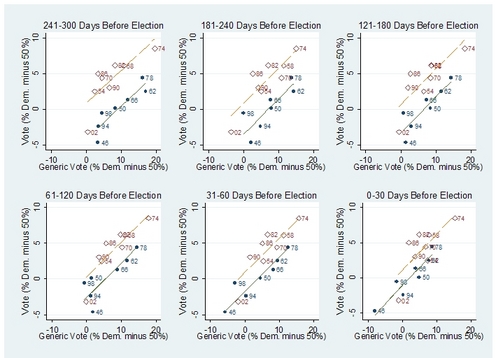As part of his continuing campaign etc., Jimmy points me to this and wrote that "it seemed a little creepy. I [Jimmy] was reminded of blinky, the 3-eyed fish from the simpsons."
Jimmy's one up on me. I remember the fish but didn't know it had a name.
What I was reminded of was this story about the Siamese dandelions and the four-leaf clovers.
P.S. to Jimmy: Don't you have a job? Who has the time to search the web for Siamese eggs??
















Recent Comments